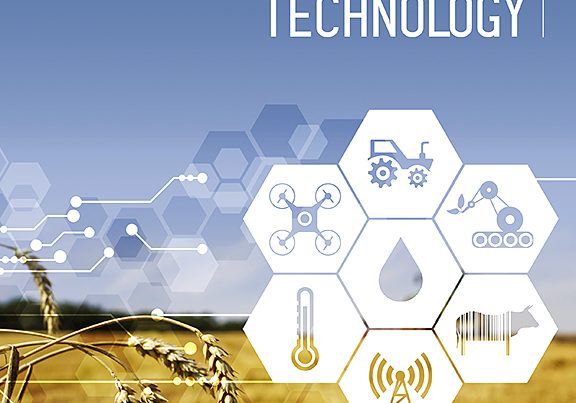Document type: Scientific article published in Animals
Authors: Zsofia Kelemen, Herwig Grimm, Mariessa Long, Ulrike Auer, Florien Jenner
Preview: Recumbency is a prerequisite for horses achieving rapid eye movement (REM) sleep and completing a full sleep cycle. An inability to lie down due to environmental insecurities or pain results in REM sleep deficiency, which can cause substantial impairment of welfare and health. Therefore, the present study used wearable automated sensor technology on 83 horses housed in an animal sanctuary to measure and compare the recumbency, locomotion, and standing time budgets of geriatric horses with and without chronic lameness to younger adult sound and lame horses. Recumbency times ranged from 0 to 319 min per day with an overall mean of 67.4 (±61.9) minutes; the time budget for locomotion was 19.1% (±11.2% s.d.) and for standing 75.6% (±13.1 s.d.). Interestingly, neither age nor lameness due to chronic orthopedic disease had a significant influence on recumbency times in this study. Eight horses showed symptoms of REM deficit. These horses had significantly shorter lying times (7.99 ± 11.4 min) and smaller locomotion time budgets than the other horses enrolled in this study (73.8 ± 61.8 min), indicating a general compromise of well-being. Thus, wearable sensor technology can be used to identify horses with low recumbency times at risk for REM sleep deficiency and to assess and monitor equine welfare objectively.





